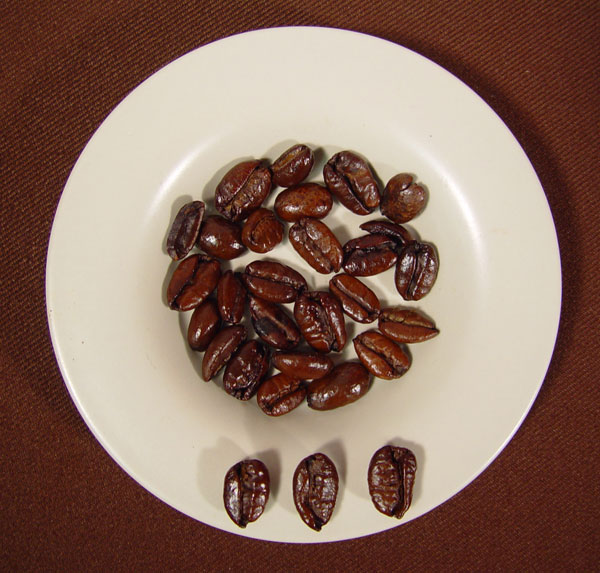
What is Barako Coffee, and How to make it?
What is Barako Coffee, and How to make it?
- azeem memon
- 30-04-2022
- 29-07-2025
- 8779 views
- Coffee Beans, Coffee Recipes, Featured Articles

Barako is a Filipino word that means wild boar. The locals coined it in one of its plantations as a symbol of strength because of its distinctively strong taste and smell. This is what Liberica coffee beans are about!
Liberica is a rare species of coffee bean that was introduced in the Philippines around 1845 to replace the Arabica coffee plants that got infected by a certain plant disease. Interestingly, this bean has some hints of Robusta in it, unlike Arabica, which gives it some of its distinct characteristics.
To know more, read on and learn everything there is to know about this rare kind of coffee!
Where does Barako Coffee Come From?
Barako coffee, pronounced bara-ko-eh, is native to the Philippines. The Liberica variety, grown in the Batangas province, has become a part of Filipino culture. Filipinos like the strength and aroma of Liberica, a cultivar of coffee grown in the Philippines
Liberica was first brought over from Liberia by the Spaniards, who brought it to Southeast Asia. From there, the plant spread across the continent and made its way to the Philippines, where it has been widely cultivated ever since.
How Does Barako Coffee Tastes?

Liberica coffee is known for its strong, earthy, and pungent aroma and flavor and is the most acidic of all coffee varieties. This type of bean was grown in the Philippines on a massive scale from the 1800s to the 1900s. The fact that Liberica beans are larger than Arabica and Robusta beans make it unique. They have a distinctly different flavor as well; Barako coffee has a rich taste with an almost floral finish, which makes it a unique flavor profile in itself.
How to make Barako Coffee?
To make a brewed kape Barako, you will need 1 cup of ground Barako coffee, a kettle to heat water, and a coffee maker.
- Boil one cup of water or enough to fill your pot. Take off the heat before it boils over.
- Pour hot water into the pot and add 2 tablespoons of ground Barako coffee. Make sure to use fresh and not stale ground when making your brew!
- Close the lid tightly and let it brew for 3-5 minutes. Then, remove from heat and serve immediately.
Conclusion
The best thing about this recipe is that it produces a dark-rich lather unique to the country. It’s very much like Philippine Barako, and if you are from abroad, it automatically provides a cheap taste of home. The only issue with this recipe is that you will probably have to modify it slightly. Pressure varies during the brewing process.






















